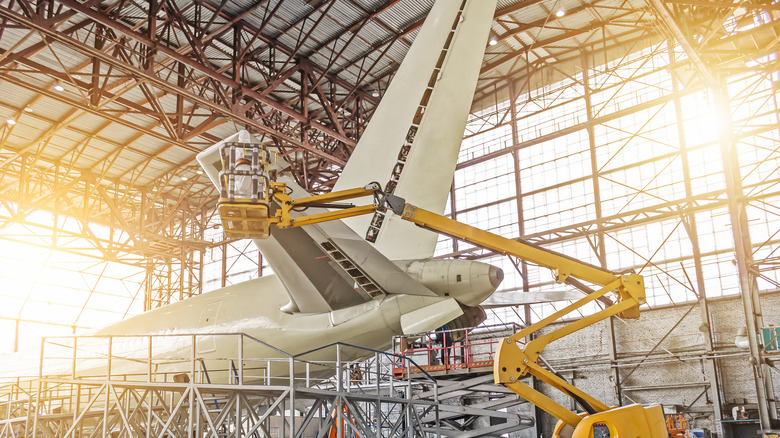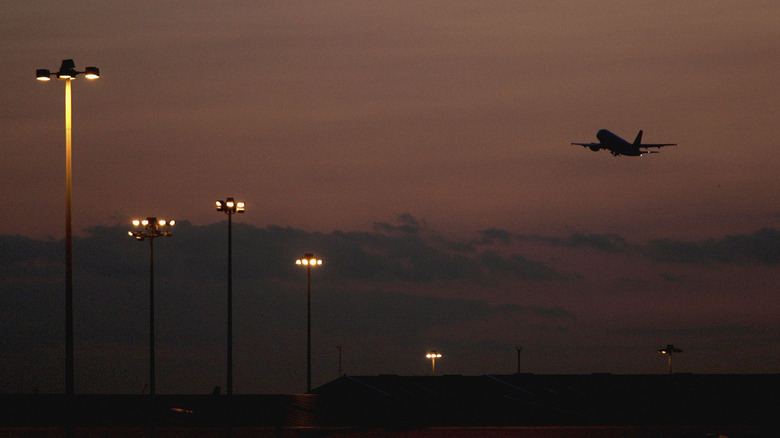This 'Nanosphere' Paint Could Reduce Carbon Emissions From Jets
Creating a lighter paint doesn't seem like an innovation that would significantly reduce carbon emissions, but when you consider the amount needed to paint an entire plane, it makes more of a difference. That's plenty of buckets to carry. Two scientists from Kobe University in Japan have developed a lighter-weight substance that may reduce the weight of planes and ultimately have a big impact on the amount of fuel used and carbon dioxide produced.
Published in ACS Applied Nano Materials, a new paper by Fujii Minoru and Sugimoto Hiroshi details the discovery of a nanosphere-based ink that can cover a large surface like a plane with a light color, but can be applied more thinly while using 10% of the weight of a conventional paint. The substance is composed of almost-invisible silicon crystals that gains its efficiency by reflecting light as a vibrant color over the total surface; artists use the same kind of structural coloration to get the whitest of white paint. Per the paper, the new paint's "high reflectance despite the small coverage is due to the very high scattering efficiency" of its nanoscale structure.
How structural color is used
Kobe University reports that Fujii and Sugimoto's experimental process article emphasized structural color over pigment color. As the article notes, while pigment swallows specific wavelengths, reflecting back the remainder as visible light, structural colors "arise when light is reflected from parallel nanostructures set apart at just the right distance so that only light of certain wavelengths will survive while others are canceled out, reflecting only the color we see." Examples occur in nature: The wings of butterflies and the feathers of birds of paradise get vibrant colors from the same kinds of structures. Unlike most pigments, structural color also doesn't degrade over time.
Air travel, public and private, has a substantial carbon footprint. Since heavier planes require more fuel to elevate, this new lightweight paint could reduce the environmental impact of flight. As Sugimoto explains, "We can apply it to the coating of, for example, airplanes. The pigments and coatings on an airplane have a weight of several hundreds of kilograms. If we use our nanosphere-based ink, we might be able to reduce the weight to less than 10% of that."

